Does a minority rule Switzerland?
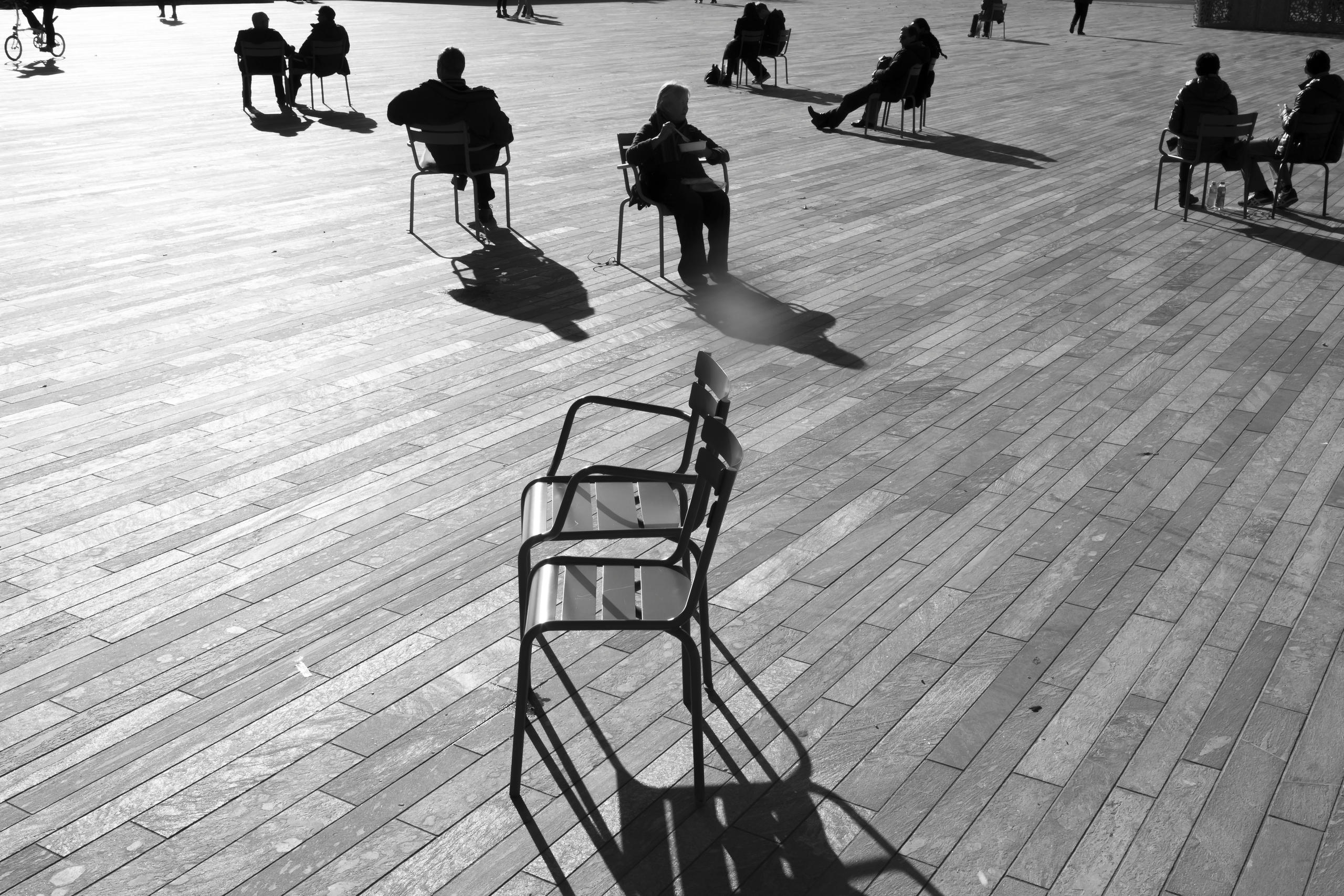
Switzerland is often regarded internationally as a model of functioning democracy. But a closer look shows that Swiss democracy is far from perfect. The “rule of all” turns out to be the “rule of some”.
It is September 24, 2017, a “voting Sunday” as we say here in Switzerland. Voters have the final say on a crucial reform of the old age pension system. This is a topic that will concern everyone, sooner or later.
Over the course of the day it becomes apparent that the proposed reform isn’t getting a majority of votes and is going down to defeat. But the real letdown begins to be felt late in the evening, when the last municipalities send in their tallies to the election authorities.
Sad but true: only 47.2% of eligible voters took the time to vote. Over half the country’s citizens either had no opinion, or stayed away from the polls for other reasons.
Switzerland ranks first internationally as regards the number of popular votes held. But even with its world record of 620 national votes (as of 2017), model democracy Switzerland is far from perfect.
The author studied political science at the University of Zurich and operates a blog on political life in SwitzerlandExternal link (in German).
That prompts troubling questions: how can it be that such a crucial issue draws so few voters to the polling booth? How can people just waive their unique privilege to have a say in the making of public policy? What does this low rate of voter participation mean for our democracy?
No exception
First it must be made clear that this low turnout is not an exception in Switzerland, but the rule. Rarely does voter participation in referendums or even elections exceed 50%.
The chart below shows how turnout figures for elections and other votes in Switzerland varied between 1919 and 2015.
The chart shows, for one thing, that turnout varies much more for nationwide votes than elections. That is due to the fact that in some legislative periods there have been few ballots, but they were on controversial matters and were able to mobilise large sections of the electorate.
Declining turnout
There has been a general decline in voter turnout, which has hovered between 40% to 50% since the late 1970s. The reason for the abrupt decline can be found in the fact that women got the vote in 1971. In absolute terms, more people could now participate in the democratic process – but since few women exercised the right, overall turnout of eligible voters went down.
Why do so few participate? Political scientists have two explanations.
First of all, Switzerland is a semi-direct, not a purely parliamentary democracy. There is no “throwing the rascals out” – no alternation in power between government and opposition parties.
And the right to take part in decision-making on important issues reduces the perceived importance of elections.
Secondly, in the post-war era, due to a social change, a general decline in voter participationExternal link has become apparent in all the industrialised nations.
Tyranny of the minority?
The situation seems more dramatic when we consider that in an election or a vote, the whole nation has to live with the result. To go back to our example of the vote on pension reform, 30.4% of the people made the decision for 100% of the people.
In other words, almost 70% of those who live in Switzerland had no part in the decision. Can we really call this democracy?
The chart below shows the proportion of those legally eligible to vote as against those who actually do vote and those who have no political rights.
The development is food for thought: until 1971, fewer than a third of the population had the right to vote. In the election year 1939 it was actually a fifth. From 1971 on, when women got the vote, the number of potential voters doubled. Yet since 1919, never more than a third of the population has actually gone to the polls.
The area above the upper line shows the proportion of those who are excluded from the democratic process. This includes foreign citizens, Swiss under 18, persons legally deprived of civil rights, and, until 1971, women.
The space between the two lines shows the proportion of those who have political rights but make no use of them. Since 1971 this group has more than tripled in size.
What the chart does not show is that the same population groups, more or less, are politically active all the time.
In his book, Swiss democracy (2012), political scientist Wolf Linder found that voters differ from non-voters on four parameters: sex, age, education and income. Women, young people, the uneducated and low-income earners are under-involved in the political life of the country.
If the groups of the “active”, the “passive” and the “excluded” were all broadly representative in terms of demographics, the low rate of political participation overall would not be such a problem.
But patterns of political participation lead to a kind of distortion which is hard to reconcile with democratic ideals.
Selective voters
There are also studies showing a somewhat different picture. Political scientist Clau Dermont, who examined voter participation in the city of St GallenExternal link, found that some 50% of the eligible voters there participate sporadically and selectively, in elections and ballots. About a quarter almost always vote, and another quarter hardly ever.
These findings relativise the issue of notoriously low turnout somewhat. It would be illusory, however, to use them as an argument to discount this important political problem.
According to a study by the OECDExternal link (2016), Switzerland in its last election had the lowest turnout of any member state. It is also the only country where voter turnout in elections has not broken the 50% barrier for almost 40 years.
This is an article in the series #DearDemocracy, the direct democracy platform of swissinfo.ch. Contributors, including outside authors frequently share their views. The opinions expressed here are not necessarily those of swissinfo.ch.
Translated from German by Terence MacNamee

In compliance with the JTI standards
More: SWI swissinfo.ch certified by the Journalism Trust Initiative
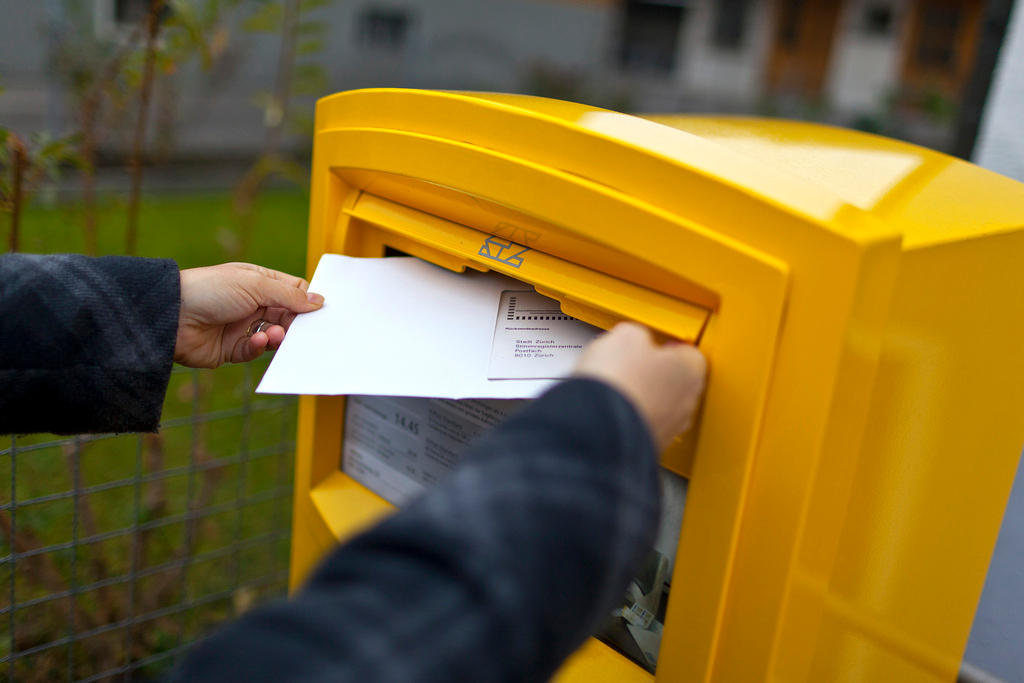
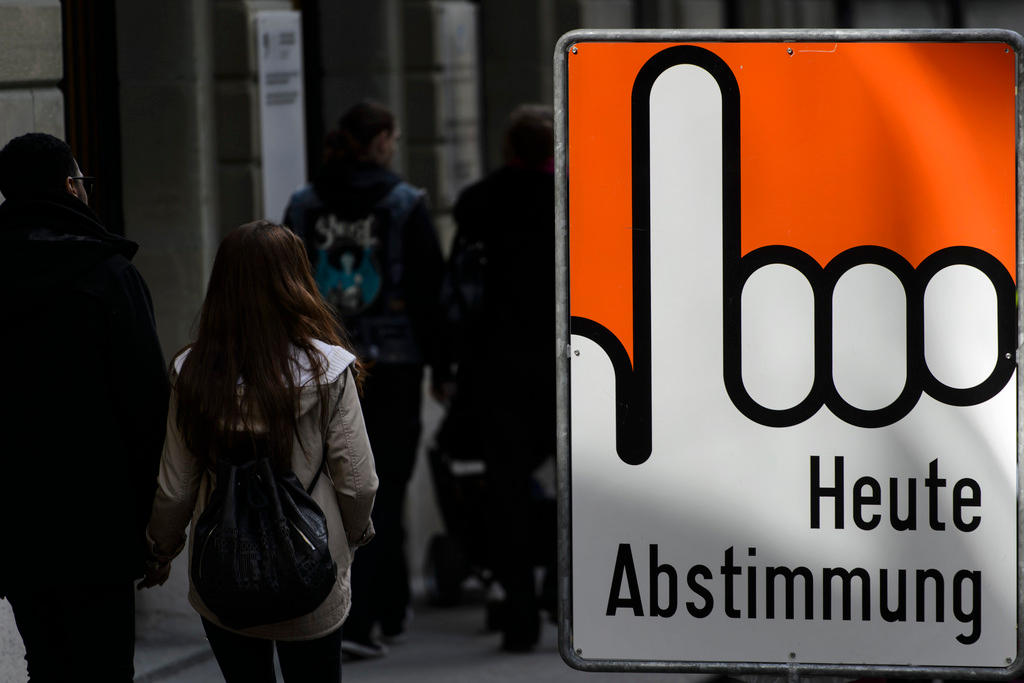
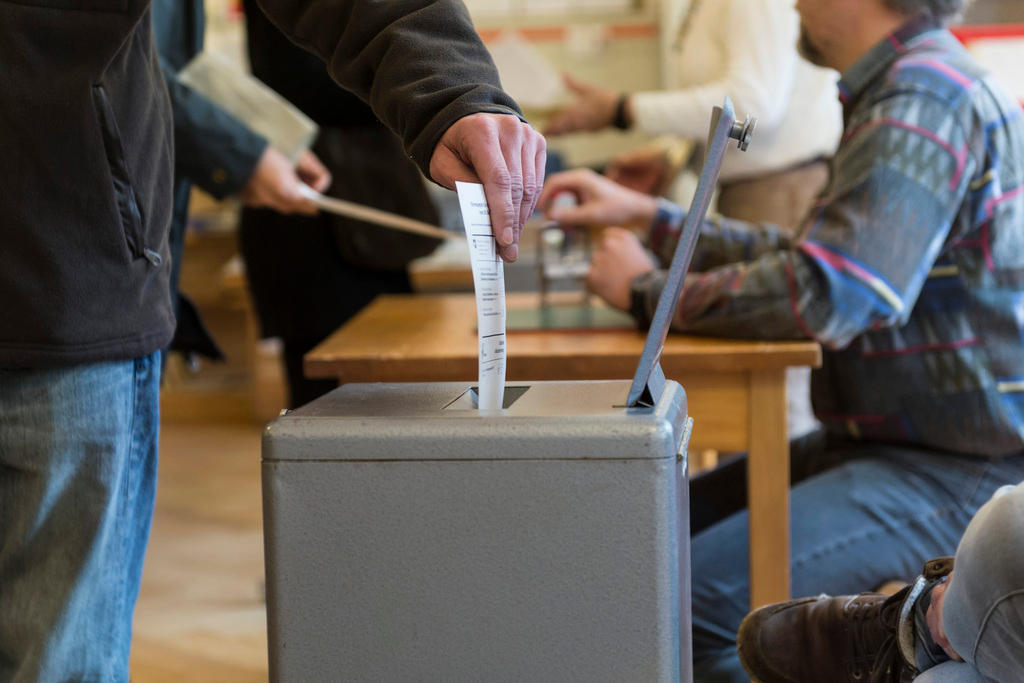
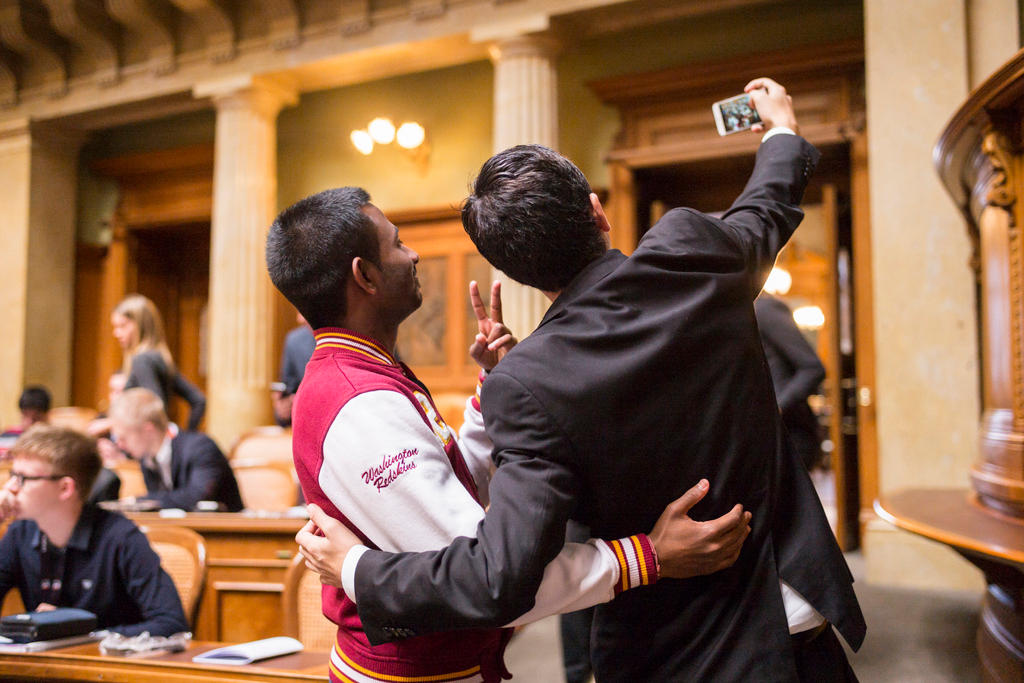
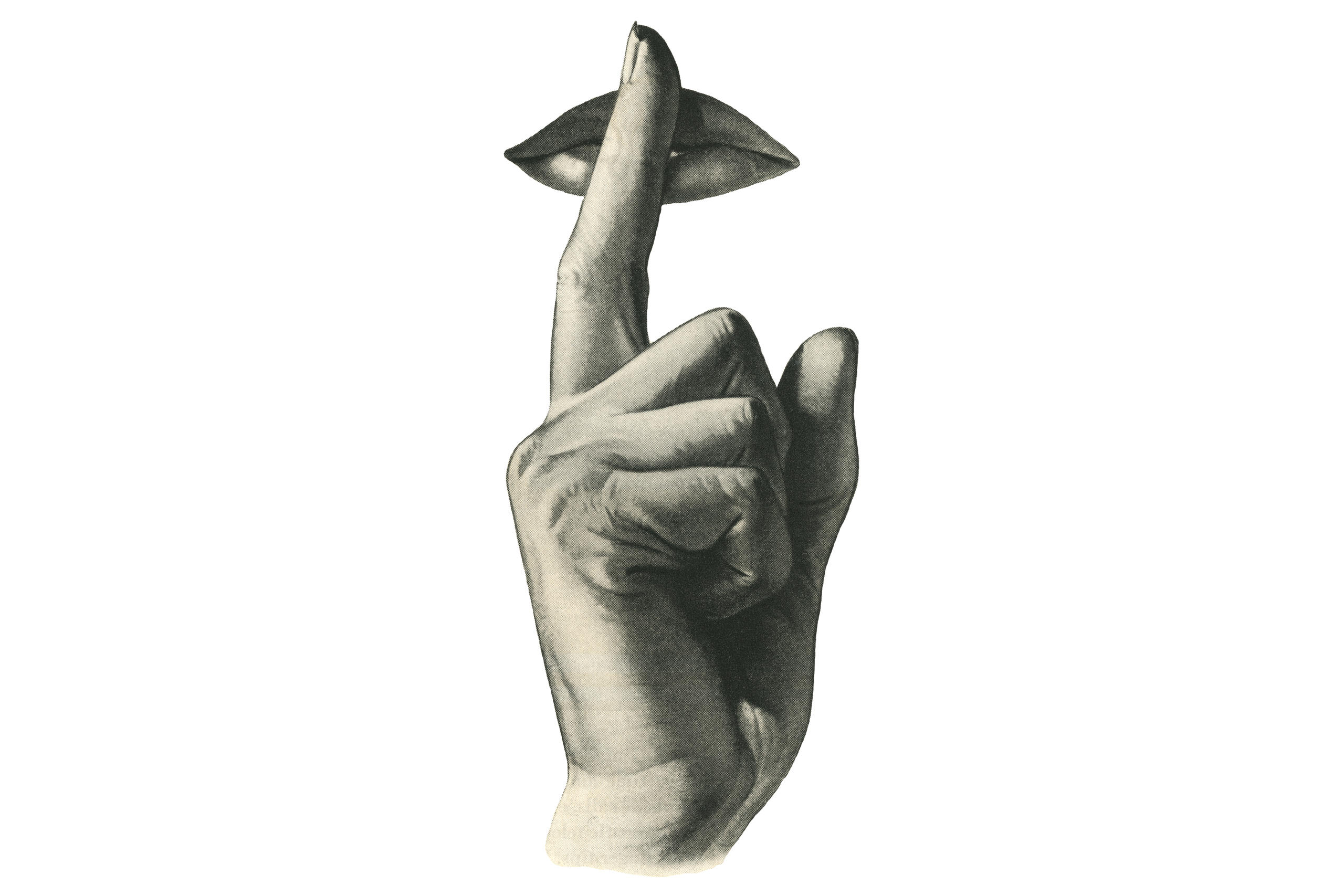
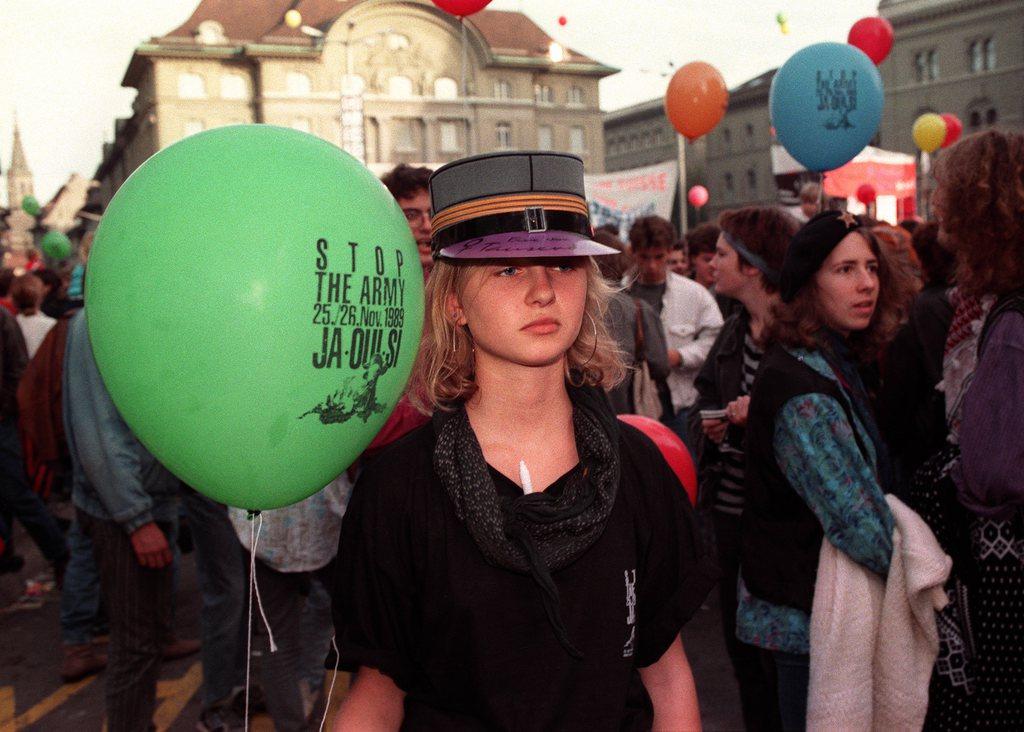
You can find an overview of ongoing debates with our journalists here. Please join us!
If you want to start a conversation about a topic raised in this article or want to report factual errors, email us at english@swissinfo.ch.